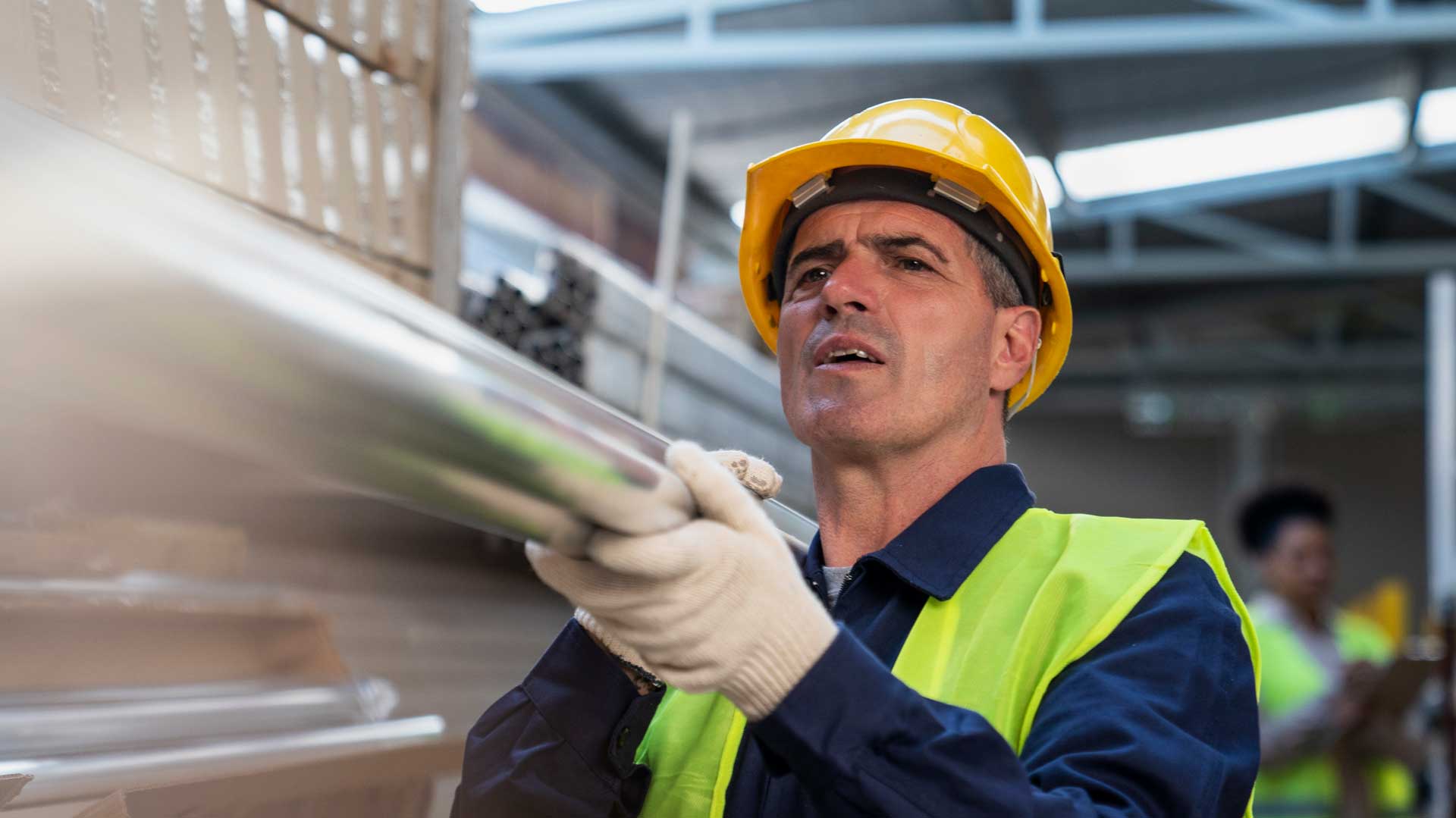Safety Meets Efficiency: The Importance of Manufacturing Ergonomics
Imagine a world where every tool, machine, and workstation is designed with the human factor in mind. This is the essence of manufacturing ergonomics.
The manufacturing industry is a powerhouse of innovation and productivity. It’s not just a fancy term but a critical approach that blends safety with efficiency. It transforms how workers interact with their environment. But it’s also a place where a single ergonomic misstep can lead to significant consequences.
So in this ever-evolving sector, understanding and implementing ergonomic principles is no longer optional. It’s a necessity for progress and worker well-being. Let’s look into the matter a little further.
Ergonomics: The Game Changer in Manufacturing
Ergonomics in manufacturing isn’t just about comfort. It’s a strategic approach to recognizing the physical needs and limitations of workers. This field, combining science and practical application, is rapidly transforming manufacturing.
By integrating ergonomic principles, companies are witnessing substantial improvements. There’s a marked decrease in work-related injuries and a considerable increase in employee productivity.
This is because ergonomic designs make workstations and tools more user-friendly, reducing physical strain. As a result, workers are not only safer but also more efficient. It leads to smoother and more effective manufacturing processes.
Aligning with OSHA Guidelines
Adhering to Occupational Safety and Health Administration (OSHA) guidelines is essential for a safer manufacturing environment. These regulations aren’t just legal necessities. They represent a commitment to the health and safety of workers.
OSHA’s standards guide manufacturers in creating safer workspaces. They significantly reduce the risk of injuries. This is especially true for those related to repetitive movements and manual labor.
When following these guidelines, manufacturers can make sure their operations are compliant. But they can also prioritize the safety of their employees.
This commitment to safety can lead to a more motivated workforce. The consequences of this can be a more productive and responsible manufacturing operation.
Understanding Worker Capabilities
Understanding each worker’s unique physical capabilities is key in manufacturing ergonomics. This approach deals with fitting people to jobs in a way where you reshape the job to fit the person.
Ergonomic design in manufacturing considers individual strengths and limitations. It creates a workspace where employees can work without excessive physical stress. This leads to fewer injuries and less fatigue which can improve overall job satisfaction and efficiency.
When tools, machines, and workstations are tailored to the workers using them, the entire manufacturing process becomes more seamless, productive, and sustainable.
The Link Between Ergonomics and Productivity
The connection between ergonomic practices and increased employee productivity is undeniable. When workers operate in an ergonomically sound environment, they’re safer and more efficient. This efficiency comes from reducing the physical strain that can lead to errors and slow down production.
Comfortable and well-designed workspaces allow employees to focus better and perform tasks with greater precision. This leads to a higher quality of work but also to a noticeable increase in output. In essence, by investing in ergonomics, manufacturers are investing in their employees’ potential to produce more and better work.
Reducing the Risk of Injury
Implementing ergonomic solutions in the manufacturing sector plays a crucial role in minimizing the occurrence of work-related injuries. Ergonomics directly addresses the root causes of musculoskeletal disorders, which are common in this industry due to repetitive motions and prolonged standing.
By redesigning work environments to better suit the physical needs of workers, the frequency of these injuries can be significantly reduced. This involves adjusting machinery, tools, and workstations to promote better posture. The idea is to reduce unnecessary reaching or bending and minimize the force required in tasks.
Such modifications have a profound impact on reducing strain and fatigue, leading to a healthier workforce. A reduction in injuries benefits the workers in terms of their health and well-being. Yet it also contributes to the overall productivity of the manufacturing process.
Fewer injuries mean less downtime. It also means lower costs associated with workers’ compensation and a more positive work environment.
The Future of Manufacturing Ergonomics
The future of manufacturing ergonomics is intertwined with technological advancement. As the industry evolves, so do the opportunities for incorporating innovative ergonomic solutions.
We are witnessing a shift towards smart factories where automation and AI play significant roles. These technologies aid in reducing the physical demands on workers. They do this by automating heavy lifting and repetitive tasks.
Additionally, the emergence of wearable technology allows for real-time monitoring of workers’ movements and postures. This tech provides valuable data for further ergonomic improvements. So these advancements enhance safety and increase efficiency by streamlining manufacturing processes.
So what does the integration of virtual reality and augmented reality into training programs mean for the future? Well, it can prepare workers for their roles without exposing them to risks. It paves the way for increased innovation and competitiveness in the industry.
Your Role in Embracing Ergonomics
Your active role in embracing ergonomics in the manufacturing sector is vital. It doesn’t matter if you’re on the factory floor, in the design room, or management. Understanding and promoting ergonomic practices is key.
These practices lead to a safer, more productive workplace. By being aware of ergonomic principles, you can help identify areas for improvement.
Suggest changes in processes or equipment layout. Advocate for ergonomic training and resources. Support your colleagues in adopting ergonomic methods.
Every small step you take can have a big impact. It contributes to a work environment that cares for its workers’ well-being. Remember that a safer workplace is a more efficient one and that your involvement makes a difference.
Manufacturing Ergonomics: A Path Forward
Manufacturing ergonomics is more than a buzzword; it’s a necessary approach for the modern manufacturing world. It represents a commitment to worker safety, productivity, and overall workplace well-being. By embracing ergonomic principles, the manufacturing industry can continue to evolve in a way that benefits everyone involved.
We invite you to take your workplace to the next level with Ergotronix, the industry leader in specialized lifting equipment and industrial work positioners. Elevate your efficiency and safety standards by choosing Ergotronix – where innovation meets reliability in lifting and positioning solutions. Make the smart choice and contact us here to learn more.



